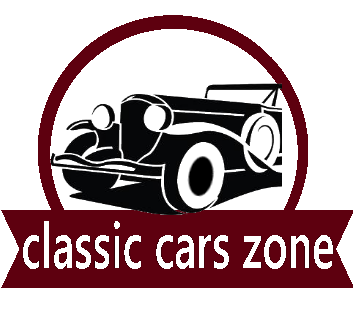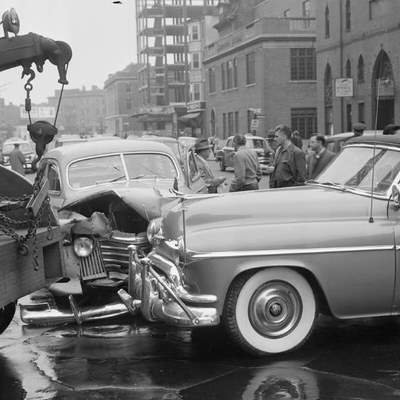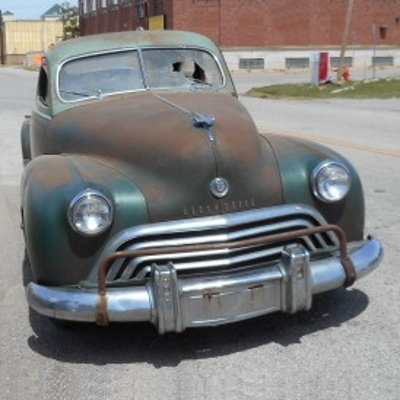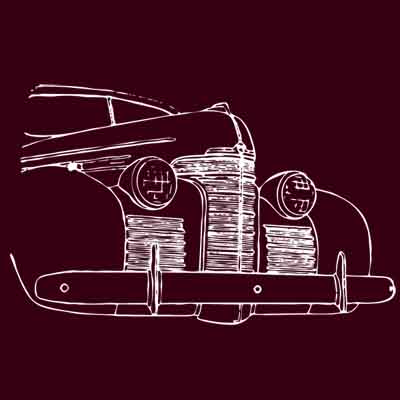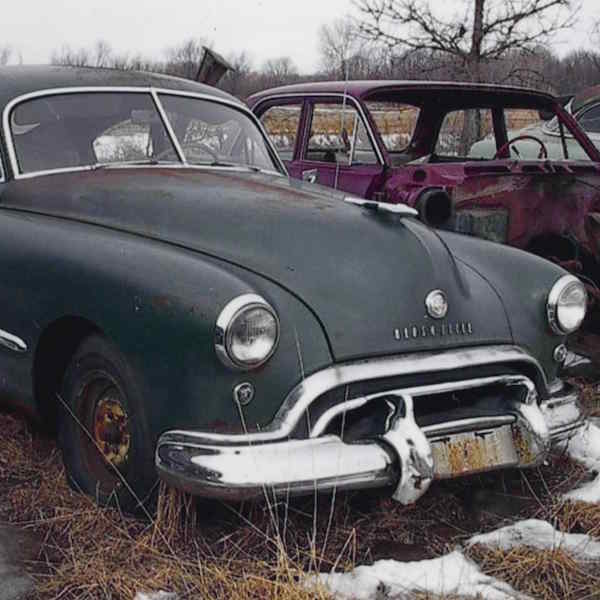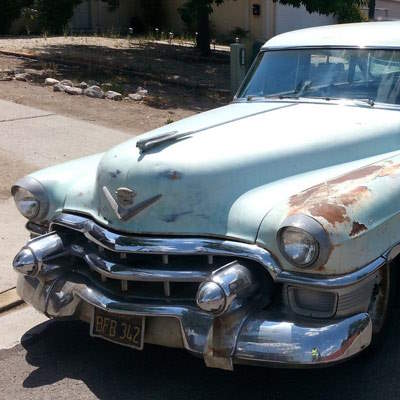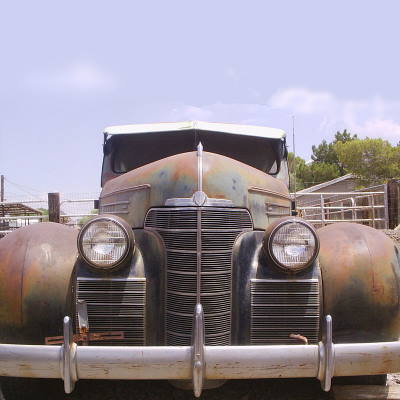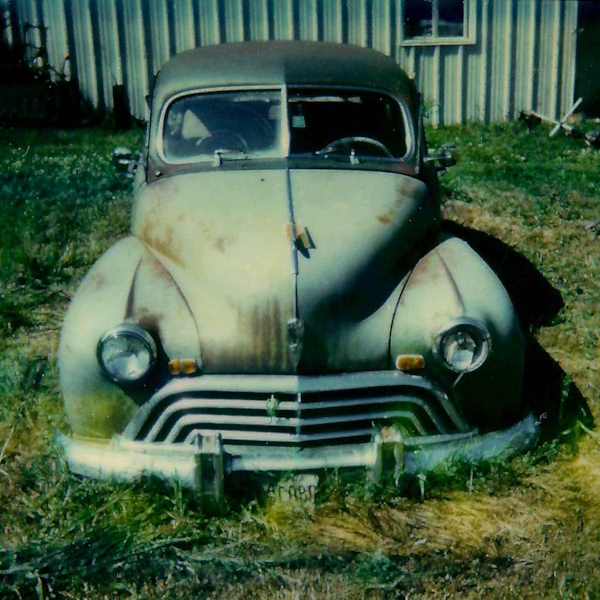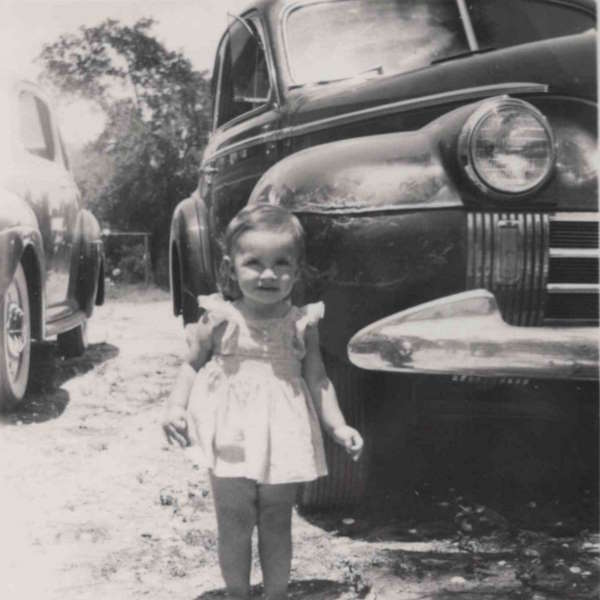At original Classic Car Auctions shows unusual, rare automobiles: Very original vintage cars at various auctions, online sales or sale events. Originality is typically connected to the interior of the car. (That doesn't mean flawless, but original): A clean, unmolested engine bay (with an original engine of course), a trunk area with the original lining/interior. Another indicator is an original steering wheel and a clean, unmolested dashboard. Paint doesn't matter as much (though original paint is a plus of course.)
I judge original classic cars from my photo archive of the manufacturers. I also compare photos of other original cars that have been for sale in the past. Bad interior, a 'worn down' condition doesn't matter much to me. On the contrary, these cars are often the best reference.
To some extent, private vintage photos are a very good source, too. I particularly like if photos show time correct options and add-ons (mirrors, lights, ornamentations). Private photos rarely show car interiors, though. Most of images of that era are black and white, so they obviously cannot confirm color schemes.
Original Classic Car Literature
Not as important as a resource: Classic car ads. (Example - the collections of graphic ads at the oldsads collection) This also holds true for other original printed sales and advertising material. Sales literature created in the 1940's and 1950's often shows 'improved' images. Cars look wider, cleaner, lower and more eye striking. The choice of colors are often fake, too. Admittedly, these ads are very decorative and put cars into a favorable light!
I don't have a preference for body styles regarding original cars: It may be a plain four door or a coupe. Original station wagons are often rare, because they are also abused more often.
